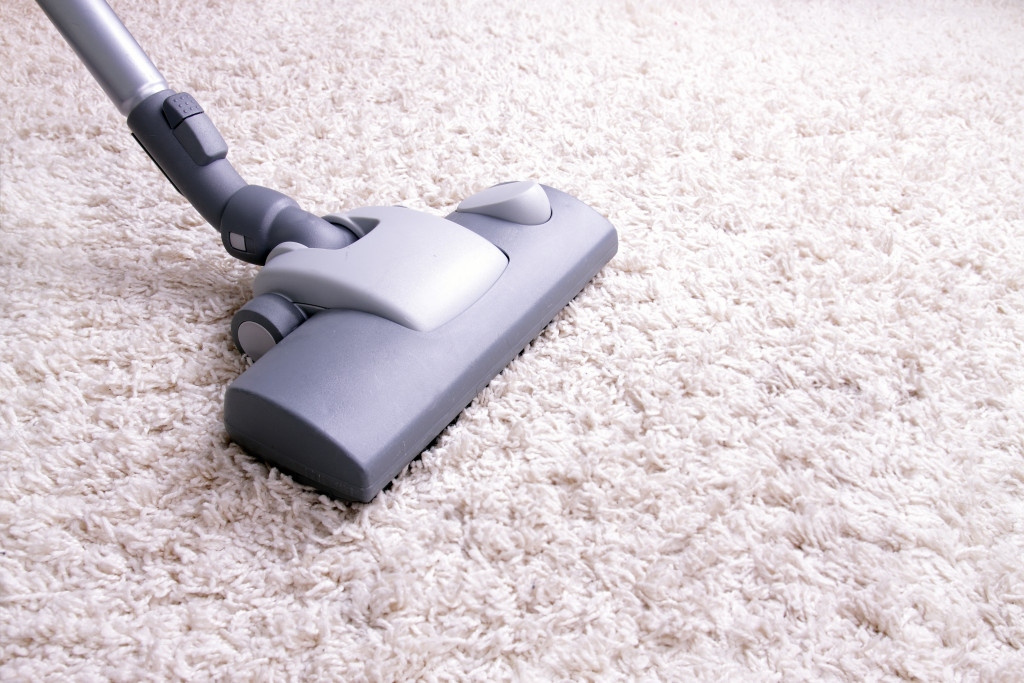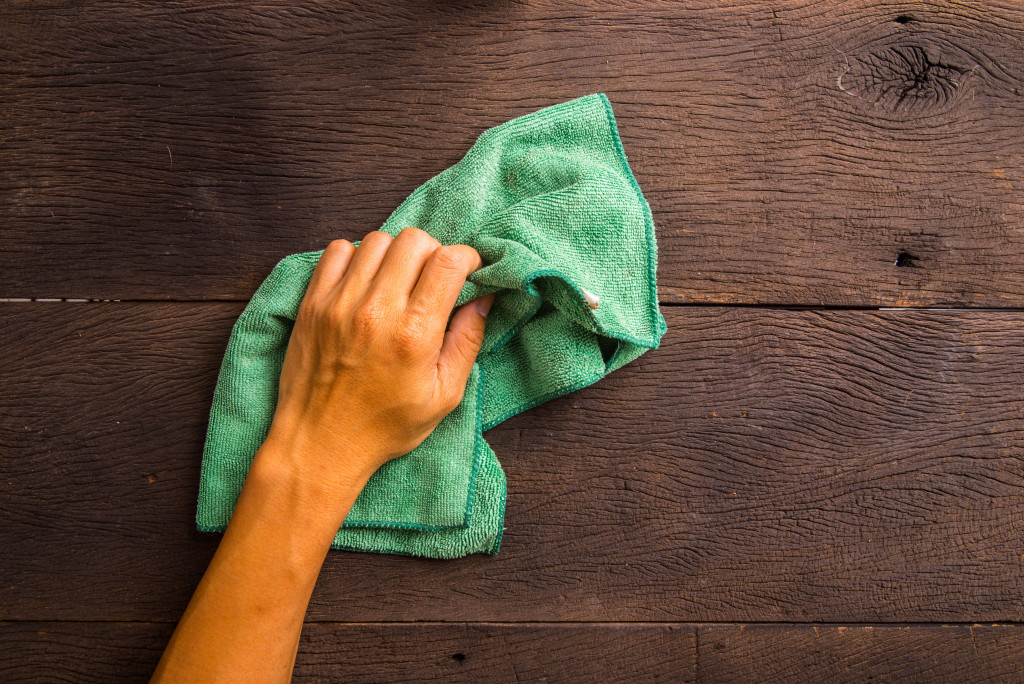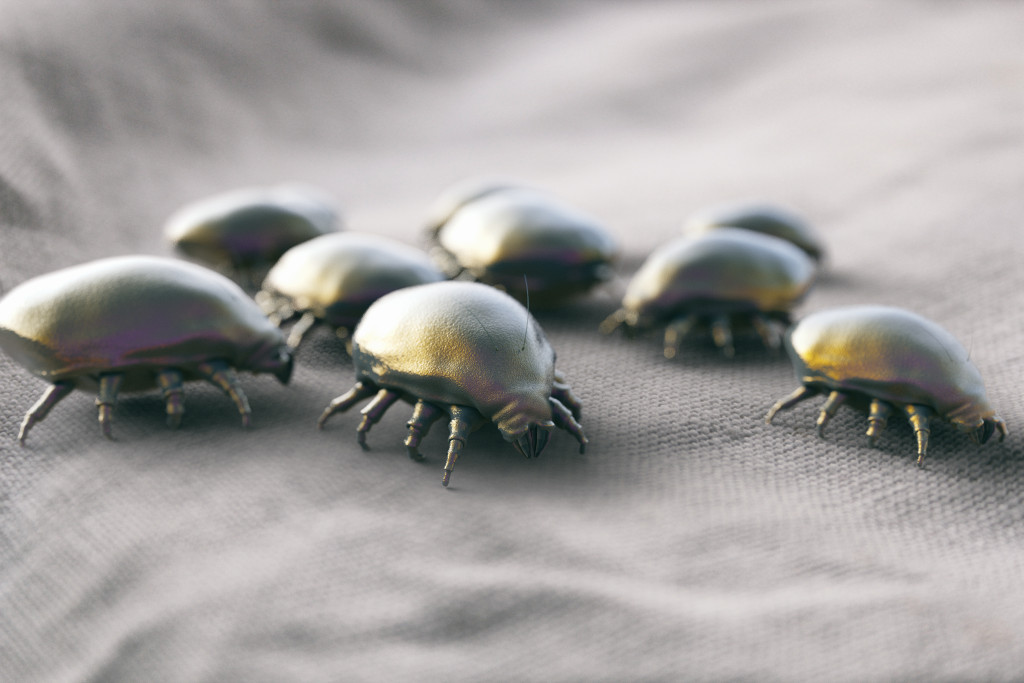- Dust mites are microscopic insects that thrive in humid and warm environments.
- They can cause allergies and asthma attacks in some individuals.
- They are commonly found in bedding, carpets, upholstered furniture, etc.
- To prevent dust mites from spreading, regular cleaning and vacuuming is necessary.
- Renovating can help reduce the population of dust mites by controlling humidity levels and installing air purifiers.
Dust mites are microscopic creatures that are often found in every home. They are tiny insects that thrive in humid and warm environments. Although they do not directly harm your health, they can trigger allergies in some individuals. Dust mites feed on dead skin cells, and they are most commonly found in items such as carpets, bedding, and upholstered furniture. Here’s what you need to know about dust mites, how your home can harbor them, and how to renovate it to reduce the population.
What Are Dust Mites?
Dust mites are part of the Acarina species, including insects such as spiders and ticks. They are microscopic creatures that typically measure between 0.3 to 0.4 millimeters in length, with eight legs and a light-brownish color. The naked eye can’t see dust mites but can be spotted under a microscope or magnifying lens.
Dust mites are inherently harmless to humans because they do not bite or carry diseases. However, their presence in the home can cause allergies and asthma attacks in sensitive individuals. This can lead to allergies and asthma attacks among some people and children.
Where Do Dust Mites Live?
Dust mites can be found in many places around the home. Here’s how your home can be harboring these insects.
Bedding and Pillows
Your bedding, including pillows, comforters, and sheets, can be a hotbed for dust mites. Dust mites thrive in warm and humid areas; you’ll likely find them in pillows and mattresses. Using pillow and mattress protectors can help prevent the spread of dust mites. Washing your bedding in hot water weekly can help eliminate dust mites.

Carpets and Rugs
Carpets and rugs provide an excellent environment for dust mites because they trap dust, dander, and skin cells that serve as food sources. Regular vacuuming and deep cleaning can prevent dust mites from spreading. If you don’t already have one, consider investing in a vacuum cleaner with a HEPA filter and vacuum the carpets and rugs twice a week.
Upholstered Furniture
Upholstered furniture such as couches, chairs, and sofas can be another hiding spot for dust mites. Dust mites can still exist even if you don’t see dust on the surface. Consider regularly vacuuming or dusting your furniture to keep them clean. Additionally, steam cleaning can help to kill and remove dust mites effectively.
Air Conditioning and Humidity Control
Dust mites thrive in humid environments, and your home’s air conditioning system can significantly impact humidity. Ensure that the filter in your AC unit is clean and functional, and consider using a dehumidifier to prevent the growth of mold and mildew, which can cause allergies.

Cluttered Rooms and Pet Dander
Dust can accumulate quickly in a cluttered room, making it an ideal environment for dust mites. Additionally, if you have pets, their dander can be an excellent food source for dust mites. Keep your home organized and avoid overcrowding rooms to keep them clean. Regularly wipe down surfaces, and bathe your pets regularly to avoid dust mites.
Renovating Your Home Against Dust Mites
If your home has a severe dust mite infestation, it might be wise to renovate it. Here are four renovation options you can do to ensure dust mites won’t return to your home.
Change Your Windows
Dust mites can enter your home when windows remain open for an extended period. Consider installing double-paned windows to reduce the air that can enter your home. Additionally, ensure that these windows are clean from dust every month. If you can’t do this yourself, consider hiring a local residential window cleaning service to do it for you. They have the right equipment and knowledge to ensure your windows are dust-free.
Choose Allergy-Friendly Flooring
Hardwood and tile flooring are better than carpets, rugs, or upholstered furniture to avoid dust mites. These materials are easier to clean and help keep dust mites away from your home.
Use Hypoallergenic Paint
Hypoallergenic paint is a great option for those with allergies or asthma, as it helps keep dust mites away from surfaces. This type of paint is also resistant to mildew and mold, which can trigger allergies.
Install Air Purifiers and Humidifiers
Air purifiers can help to filter out dust mite allergens. Additionally, you can consider installing a humidifier or a dehumidifier in each room of your home. This will prevent the environment from becoming too humid or dry, which can lead to dust mites accumulating in your home.
Ultimately, renovating your home against dust mites involves controlling the humidity levels and keeping surfaces clean and dust-free. By following these tips, you can drastically reduce the number of dust mites in your home and keep yourself healthier and more comfortable.
